Stanford’s Sustainability School: A Good Model?
Legal Planet
JULY 18, 2022
I’ll talk about some more mundane considerations next, but the fundamental issue is really whether there’s enough commonality among people like energy economists, conservation biologists, and civil/environmental engineers to make it useful to put them and their students under one roof. Intellectual Coherence. Sending a Message.


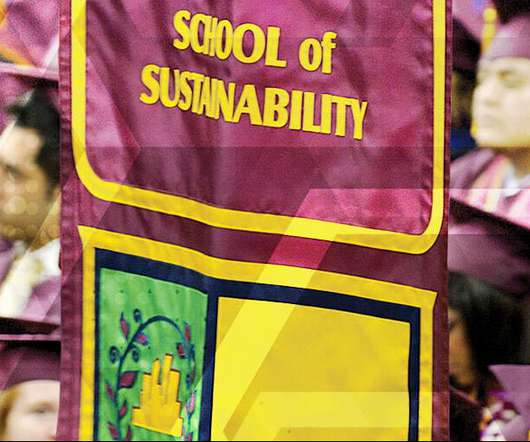
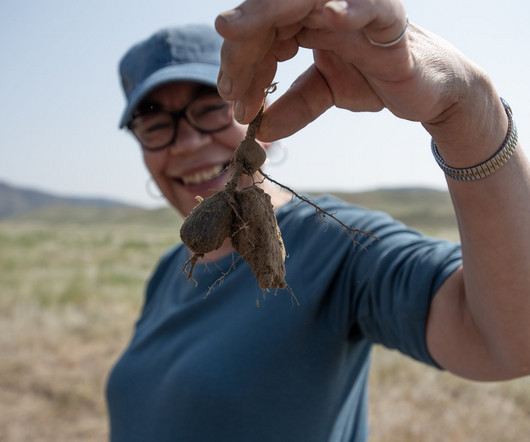

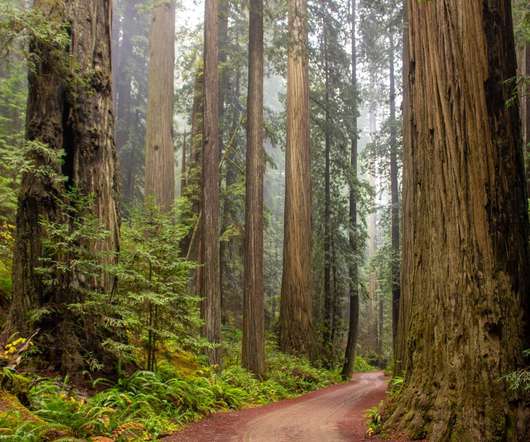

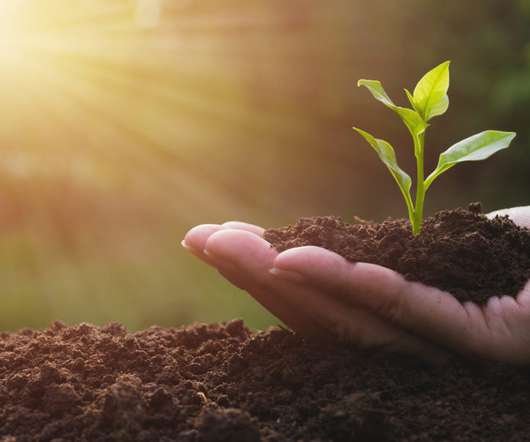
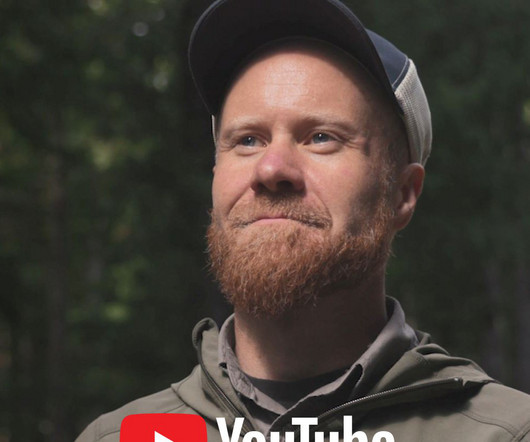

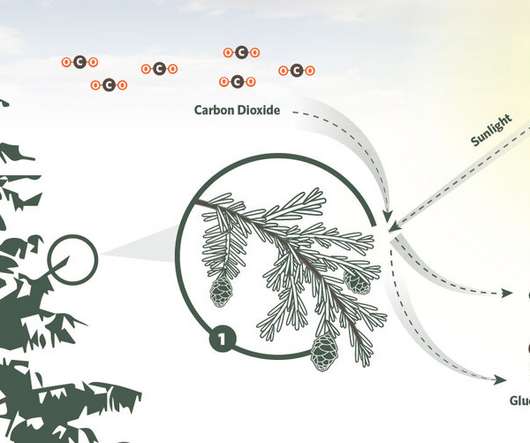
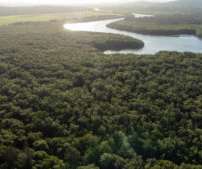
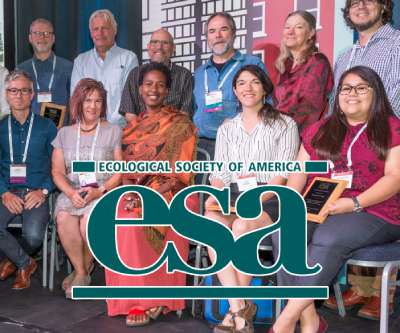
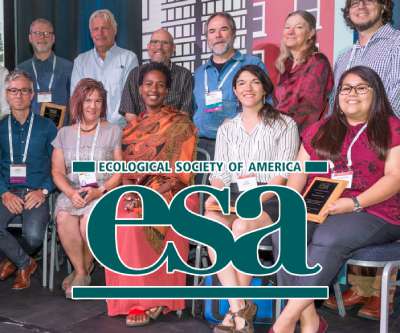







Let's personalize your content